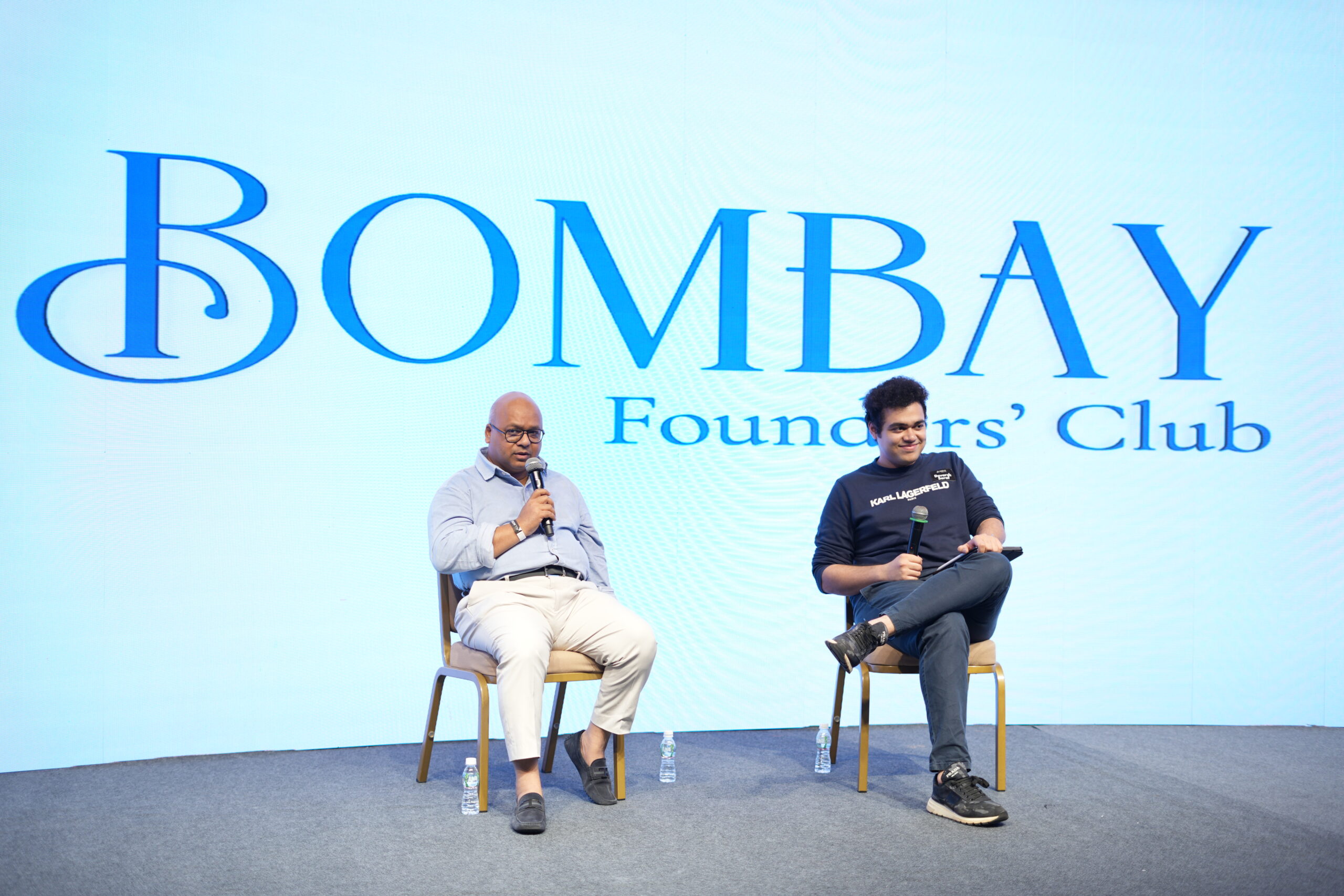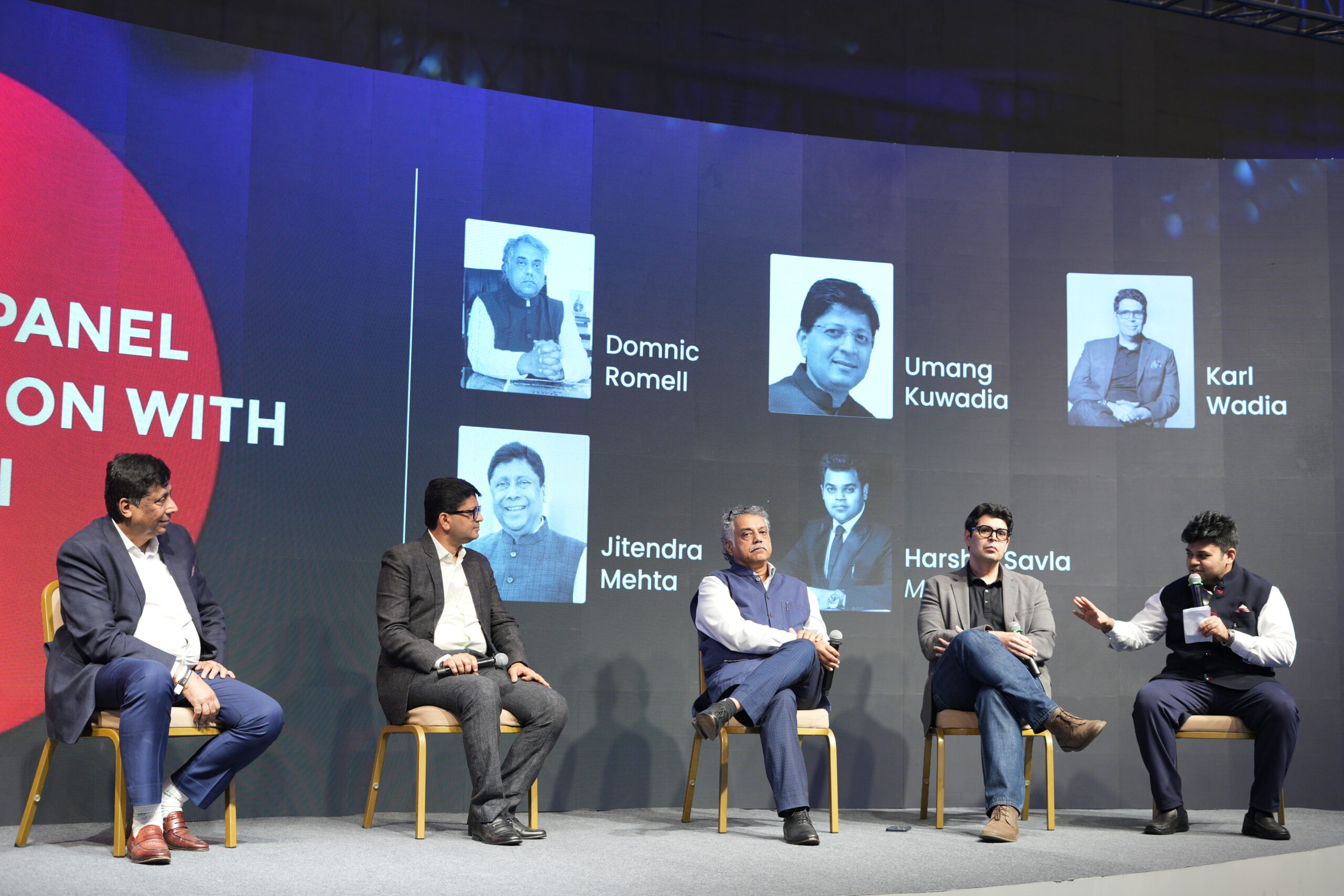Design POV is a collective mediation on design, culture, and creativity. But to truly ignite dialogue and provoke a deeper design consciousness, there needs to be a thread, something to tether the abstract to the real, to give voice to intention.
The theme is integral here.
Design POV has always believed that the strongest ideas often emerge when creators are unified, not confined, by a prompt. A theme at the event isn’t a rulebook but a conversation starter. Each year, a single conceptual anchor will become a catalyst to create a common language, allowing vastly different practices and perspectives to express themselves in parallel.
For 2025, the theme is Echoes of Tomorrow, a poetic paradox that invites India’s top 19 architecture and design firms to step into the future, guided by the past. This isn’t a look back with nostalgia or a leap forward with blind optimism. It’s about turning the past’s quiet reverberations and allowing them to shape tomorrow’s built environments, philosophies, and spatial stories.
Design isn’t formed in isolation. It’s shaped by memory, lineage, and cultural inheritance as much as by intent, imagination, and intuition. Echoes of Tomorrow was born from this realisation that the future we’re dreaming of is always, in some way, touched by what came before.
“This year’s concept invites architects, designers, and creative thinkers to embark on an exploratory journey to envision spaces, products, and experiences that reflect an imagined tomorrow while remaining deeply connected to the cultural heritage and practices of the past. The task is to reinterpret traditions and weave them into their design philosophy in ways that speak to the cultural stories we inherit, yet simultaneously forge forward-looking visions,” says Team Design POV.
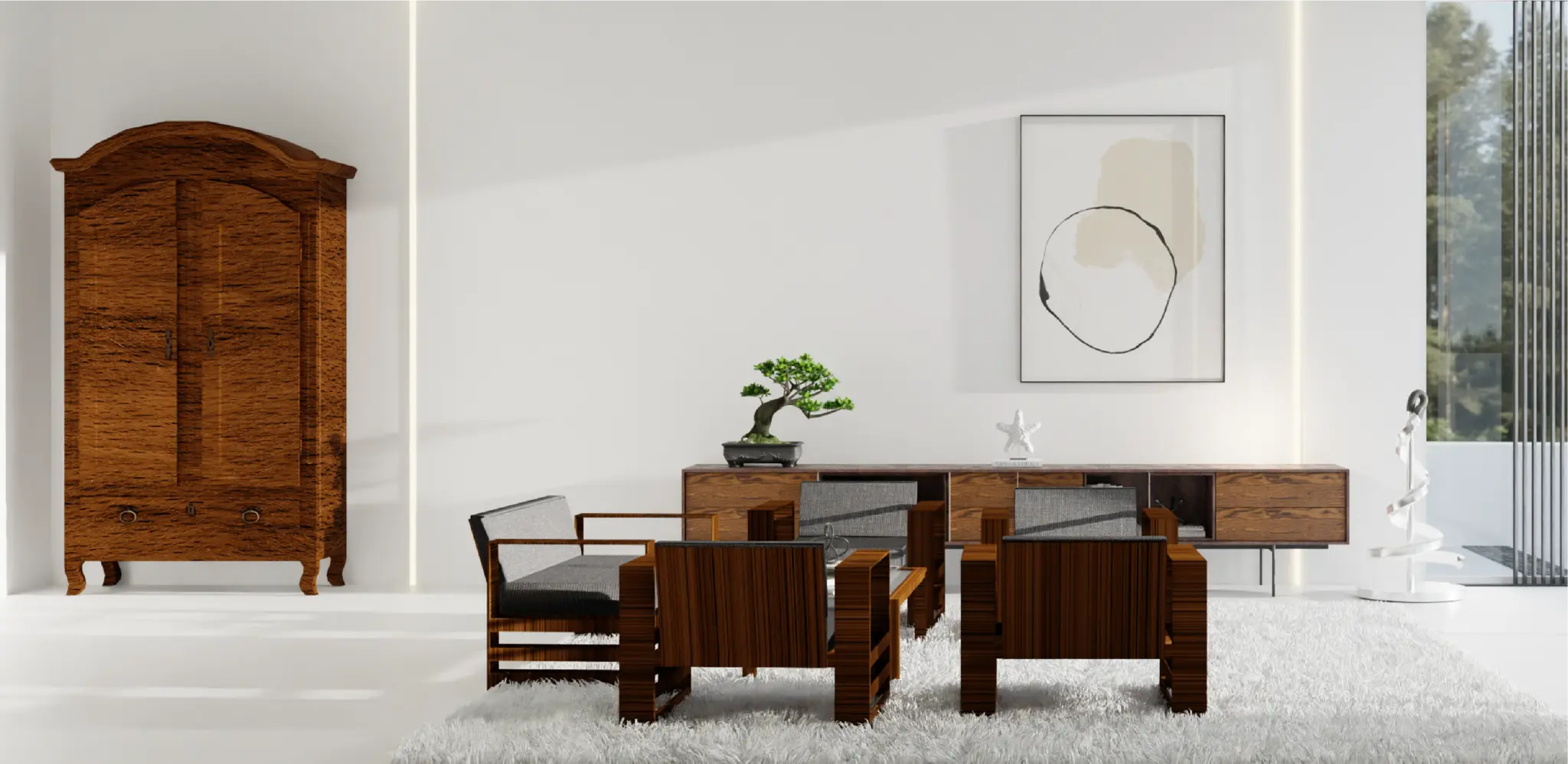
Design doesn’t emerge in a vacuum. It’s shaped as much by memory, lineage, and cultural inheritance as by intent, imagination, and instinct. Echoes of Tomorrow was born from the understanding that the future we dream of is always, in some quiet way, touched by what came before.
It invites each participating studio to explore deeply personal interpretations of cultural heritage, inherited ideologies, and evolving design identities. Somewhere between the ancestral and the aspirational lies a vast and fertile space for creative reflection.
For some, this might mean resurrecting long-forgotten techniques. For others, it’s the abstraction of the past—using light, shadow, geometry, and materials to explore what time means in a designed space.
“As a child, he watched his father commission local artisans to create custom-made tortoise shell jewelry boxes. Their glowing amber hues and intricate bone fretwork fascinated him… drawing from these memories, I’ve conceptualized this entertainment room,” shares one of the Core members, Ameet Mirpuri.
Memory becomes material here, not figuratively, but literally. The detail, the tactility, the generational craftsmanship; it’s all woven into the future-facing function of the space.
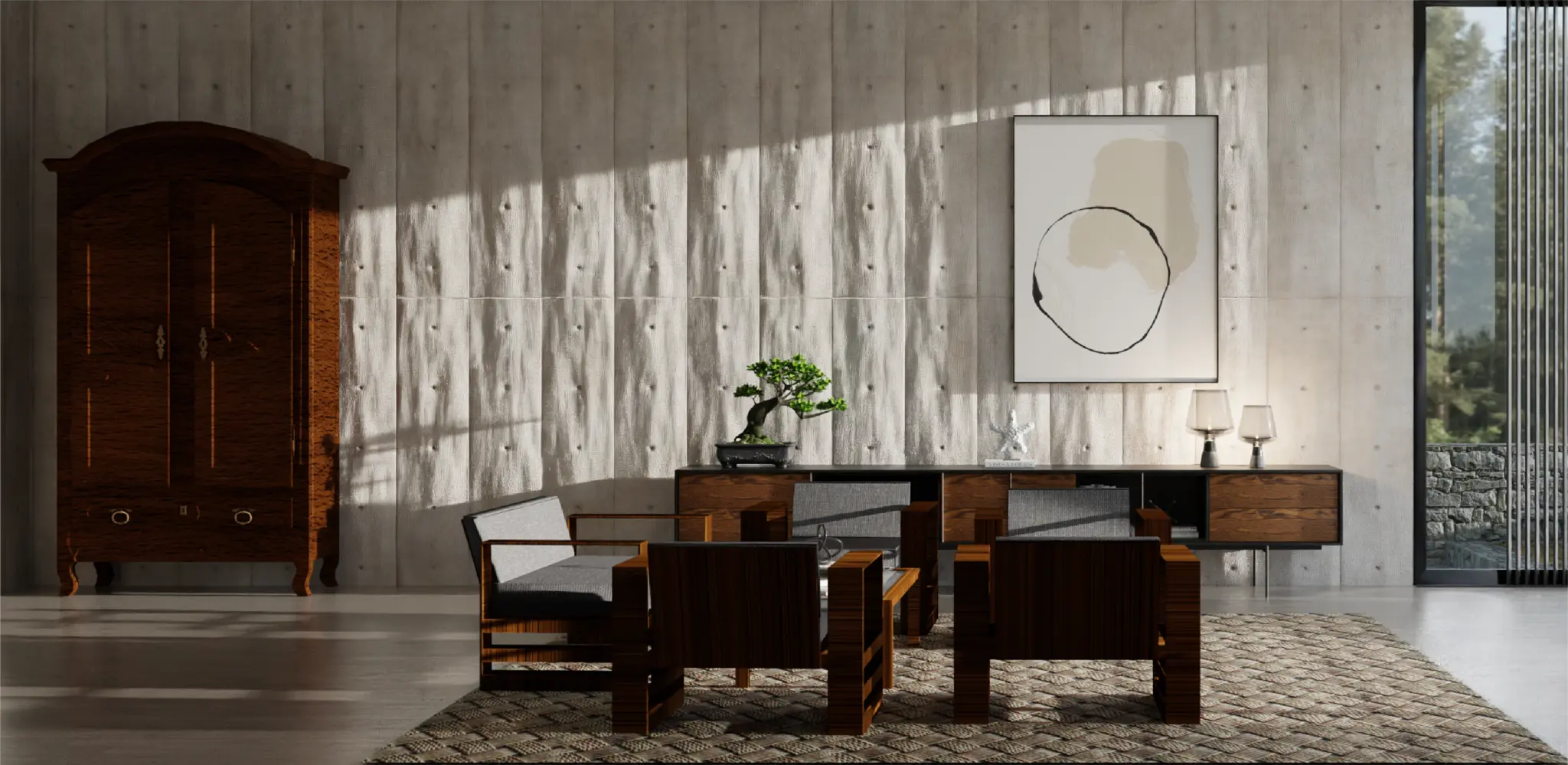
Other firms chose to explore temporality through transitions of purpose, light, and rhythm. BNK Group reimagines the very function of space as something fluid, alive, and multifaceted.
“Our design for the futuristic luxury hotel lobby, titled ‘Blurring Boundaries,’ is an ode to seamless living—a monolithic landscape sculpted from simplicity, elegance, and intent…by day, it is a calm coworking haven, a lobby that whispers productivity. By night, it hums with energy, evolving into a lounge where ideas turn into conversations,” reveals BNK group.
Here, the past doesn’t appear as a literal element, but its spirit is embedded in how we used to gather, slow down, and commune. It focuses on how design can move with us, and how spaces can shift without losing their soul.
Hiren Patel Architects take another route: honouring one of the oldest symbols of warmth and presence, the lamp.
“The concept of the booth revolves around the theme of light, the theme of lamps. Placing the brass oil lamps as a central motif, the source of warmth, birthing light, the space entertains the surrounding themes of what it stands for…,” comment Hiren Patel Architects.
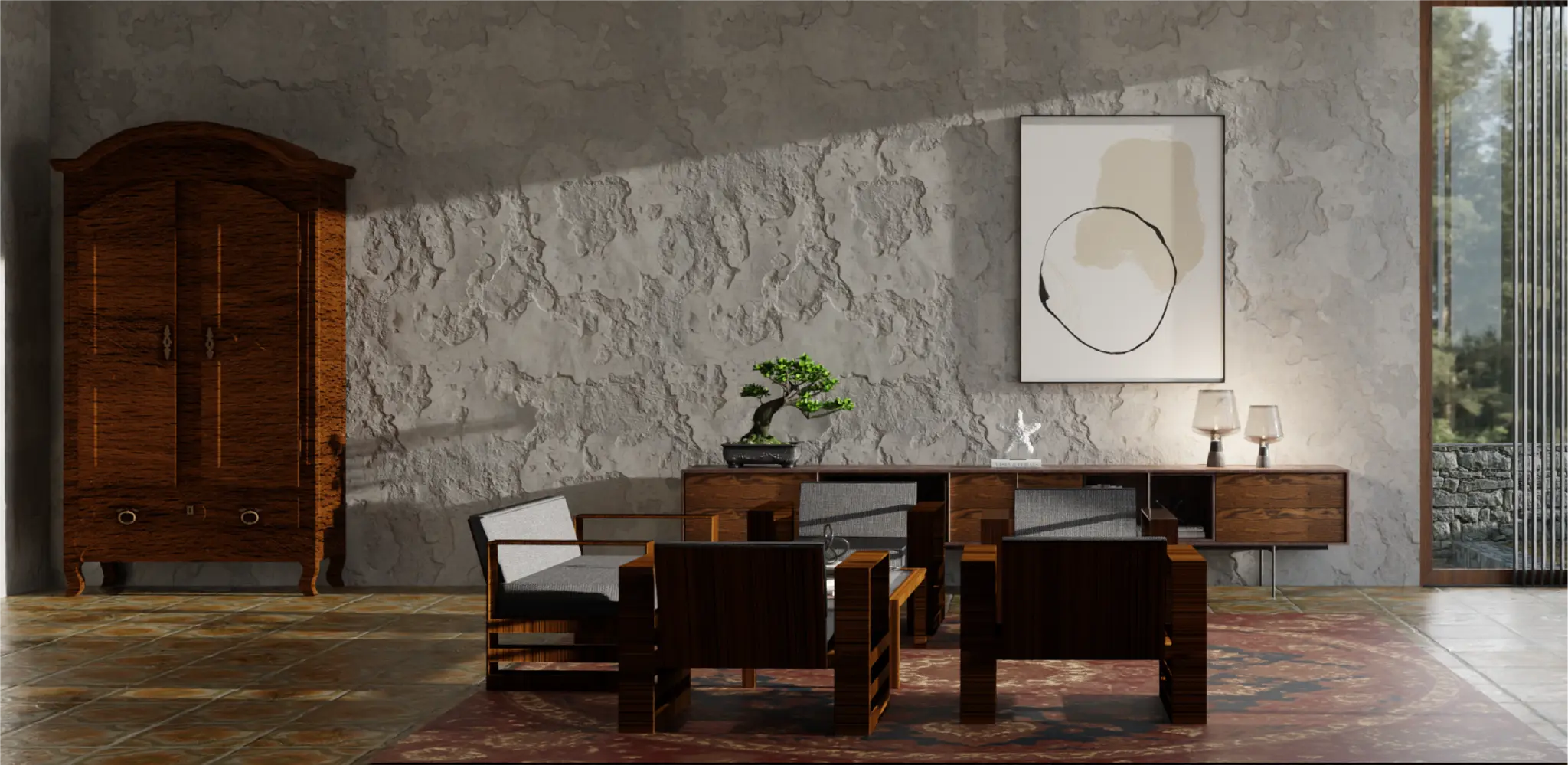
On the other hand, some studios take the thematic provocation to its most radical edge. Purple Backyard approaches the future as something chaotic, surreal, and defiantly unstructured: “In a time where social media is rampant and misinformation is on the cusp, would it not be essential to create a counterbalance? A place that enlightens, supports, rejuvenates, and cares for us? But the future isn’t just silent serenity—it’s a paradox, a dreamscape, a playful rebellion against predictability. This is a Mad Hatter’s party reimagined, where the rules of time and space blur, where the unexpected sits gracefully beside the intentional. A surrealist dance between the minimal and the maximal…”
Here, the past isn’t a direct reference—it’s an energy, a freedom we once had before constraints crept in. And the future? It’s unafraid to misbehave.
There is no template here. Instead, there’s a design spectrum, where each installation might feel like a chapter in a larger spatial memoir. It asks:
Which parts of the past still belong to us?
Which rituals, materials, and stories still hold relevance?
How do we transform them into design gestures that speak to a new world?
In a world where creativity can often be rushed or reactive, a theme becomes a pause. A prompt to return to intention. To reflect, reconnect, reinterpret.
Because design, at its most powerful, is not about invention alone. It’s about continuation. About giving shape to what still speaks—through craft, through memory, through material, through light.
Design POV holds space for meaning. The kind that resonates, lingers, and echoes.



